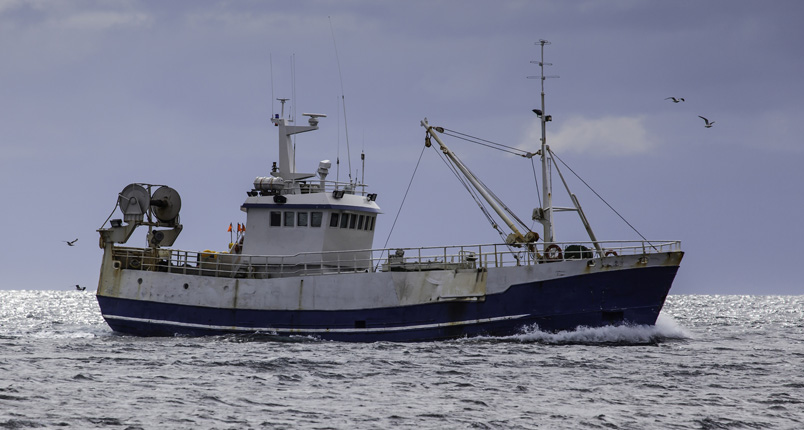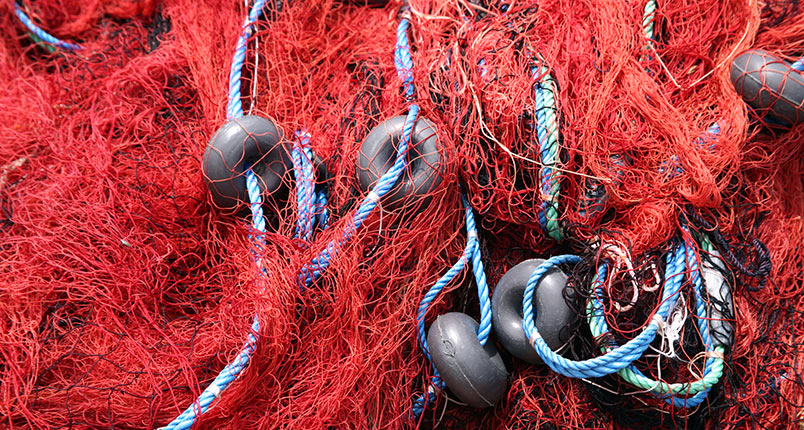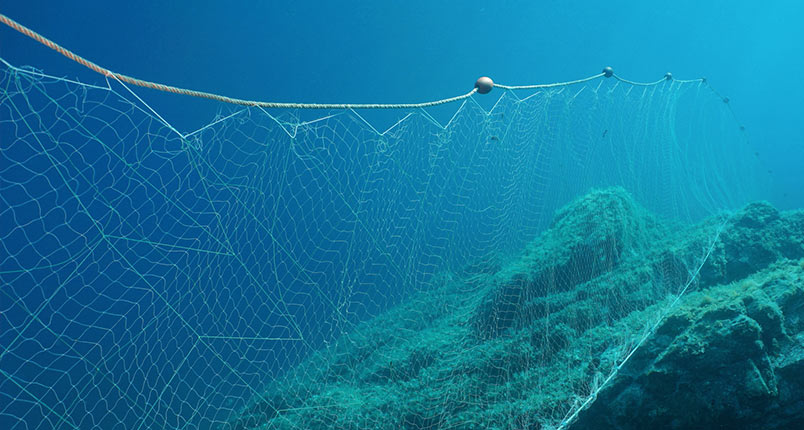Once you learn the environmental impacts of specific fishing methods, combined with ethical fishery managements and offshore regulations, the answers of what fish to eat becomes all the more simple. In general, the more knowledge you have about what’s on your plate, where it came from, and how it was caught, the better. As a pro tip that’s easy to get started with today, try and choose locally sourced, as this tends to be easier on the environment, reduces your carbon footprint, and is often cheaper!
While most billfish species are not targeted by any major commercial fisheries in the US, all types of billfish are susceptible to being caught unintentionally, which is a phenomenon referred to as bycatch. Hundreds of thousands of pelagic highly migratory species (HMS), including billfish, are caught as bycatch every year by commercial vessels targeting tuna and swordfish. These irresponsible fishing practices are also harmful for other species such as marine mammals, sea turtles, sharks, and a number of fish and invertebrate species.
In fact, while the US commercial fisheries fleet is one of the most sustainable (large scale) fisheries worldwide due to the U.S.’ strict regulations, they still unintentionally capture hundreds of metric tons of billfish each year. The reality is that most commercial vessels deploying fishing gear cannot discriminate between target and non-target species.
As quota regulations and offshore technologies improve, we can help reduce these bycatch numbers at home by choosing to eat seafood from fisheries with low bycatch rates (see Billfish Safe Seafood Recommendations below.) As a rule of thumb, it’s usually safer to choose U.S. caught fish over seafood with foreign origins. If you’re ever unsure about a product or fishery, please refer to our recommendation list below and feel free to reach out to us for more information!

Longlines, or pelagic longlines, are fishing lines with hundreds (sometimes thousands) of baited hooks that extend for miles in the ocean. These lines are left to sit in the ocean, kept afloat by buoys and beacons before eventually being hauled in to collect whatever species took the bait.

Trawling nets are part of a fishing method that involves pulling (or trawling) a weighted net behind one or more boats. Meant to remain on the seafloor, these nets are dragged behind boats, collecting any number species without discrimination. Trawling is also referred to as towed gear or dragged gear.

Gillnetting is a fishing method utilizing vertical panels of netting near the surface of the water. These nets hang from a floated line, often called a cork line, while the bottom of the nets are weighted with lead, often called a lead line. Characterized by color, mesh size, or filament, these nets typically wedge around the fish’s body, get caught behind the opercula (gill cover), or tangle in the teeth, spines, etc.
Use the table below as a guide for your next order, and remember that it’s never wrong to ask where your fish was caught or take a closer look at the packaging!
| Species | Best Choice | Not the Best | Do Not Buy |
|---|---|---|---|
|
Species
Swordfish
|
Best Choice
From the USA and caught using buoy gear, harpoons, or pole-and-line.
|
Not the Best
From the USA and caught using gillnets or longlines, or swordfish imported and caught on harpoons, pole-and-lines, or by trolling.
|
Do Not Buy
Any imported swordfish caught using gillnets or longlines.
|
|
Species
Tunas
|
Best Choice
Any recreationally caught tuna is the most sustainable option. For albacore and white tuna, look for fish caught by trolling or pole-and-line. For skipjack tuna, fish caught by Pacific troll or pole-and-line.
|
Not the Best
For canned tuna, check label for pole-and-line, troll-caught, free school, or school-caught fish. For yellowfin (ahi) tuna, look for fish from the Atlantic caught by trolling or pole-and-line.
|
Do Not Buy
Bluefin tuna, any tuna from the Indian Ocean, and any tuna not listed in the other two categories.
|
Enter your email address here to stay up to date on the latest billfish news.

Working worldwide to advance the conservation of Billfish & associated species to improve the health of oceans & economies.

©2025 The Billfish Foundation, All Rights Reserved